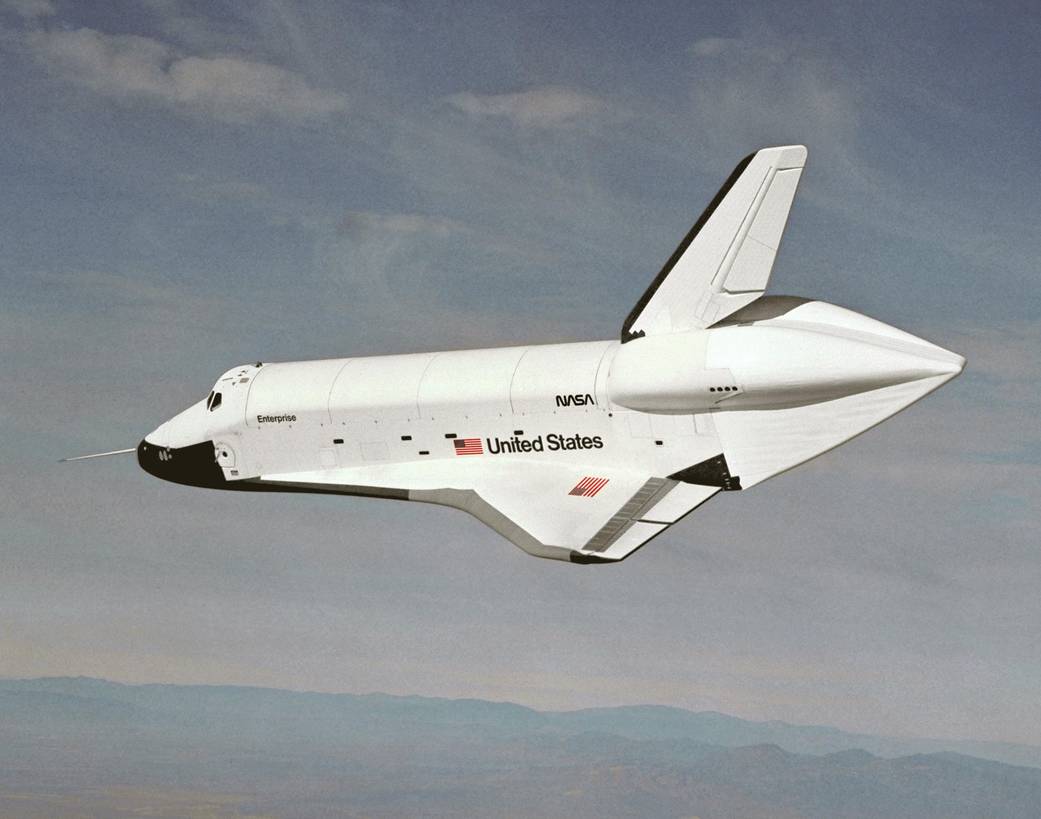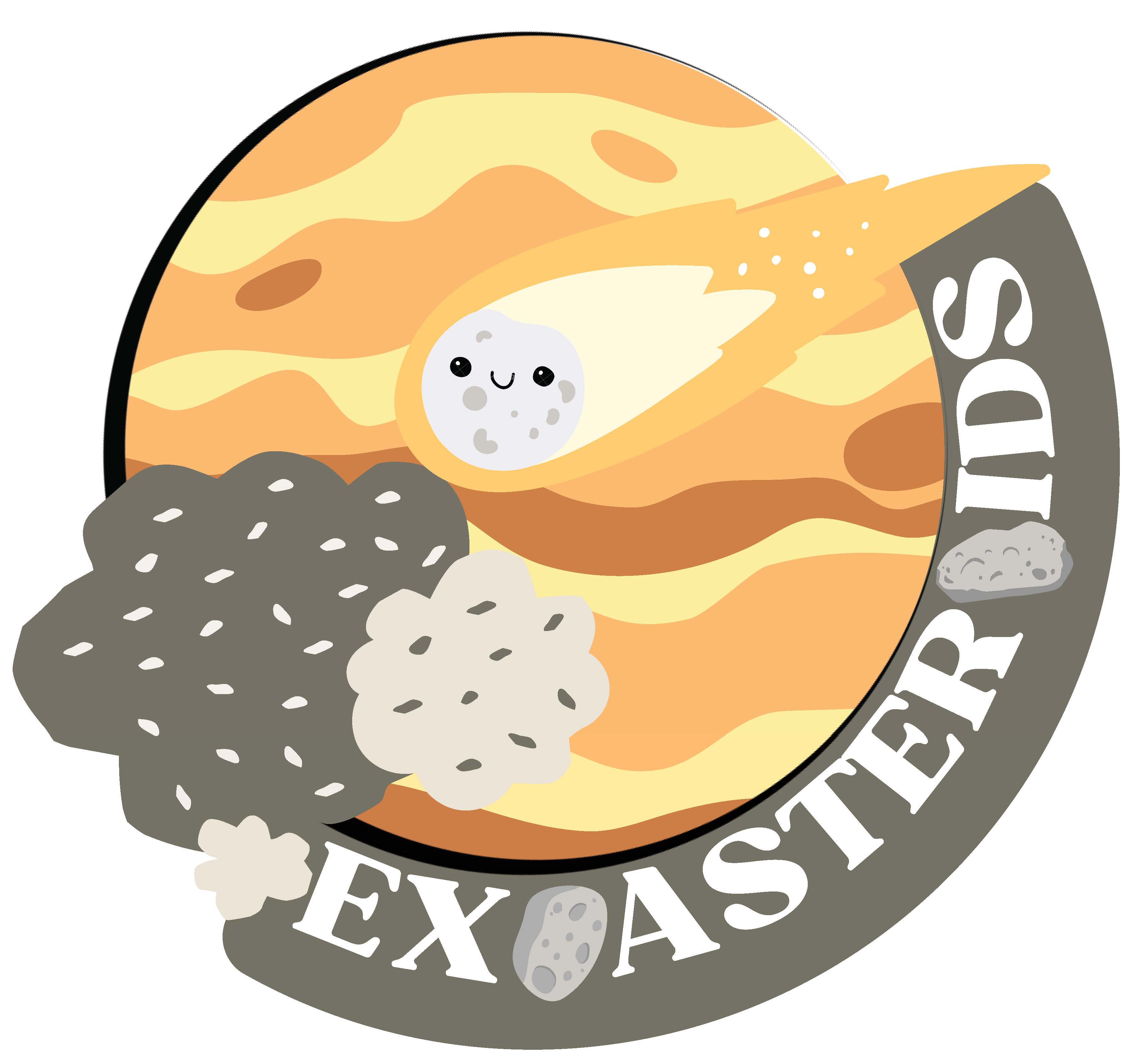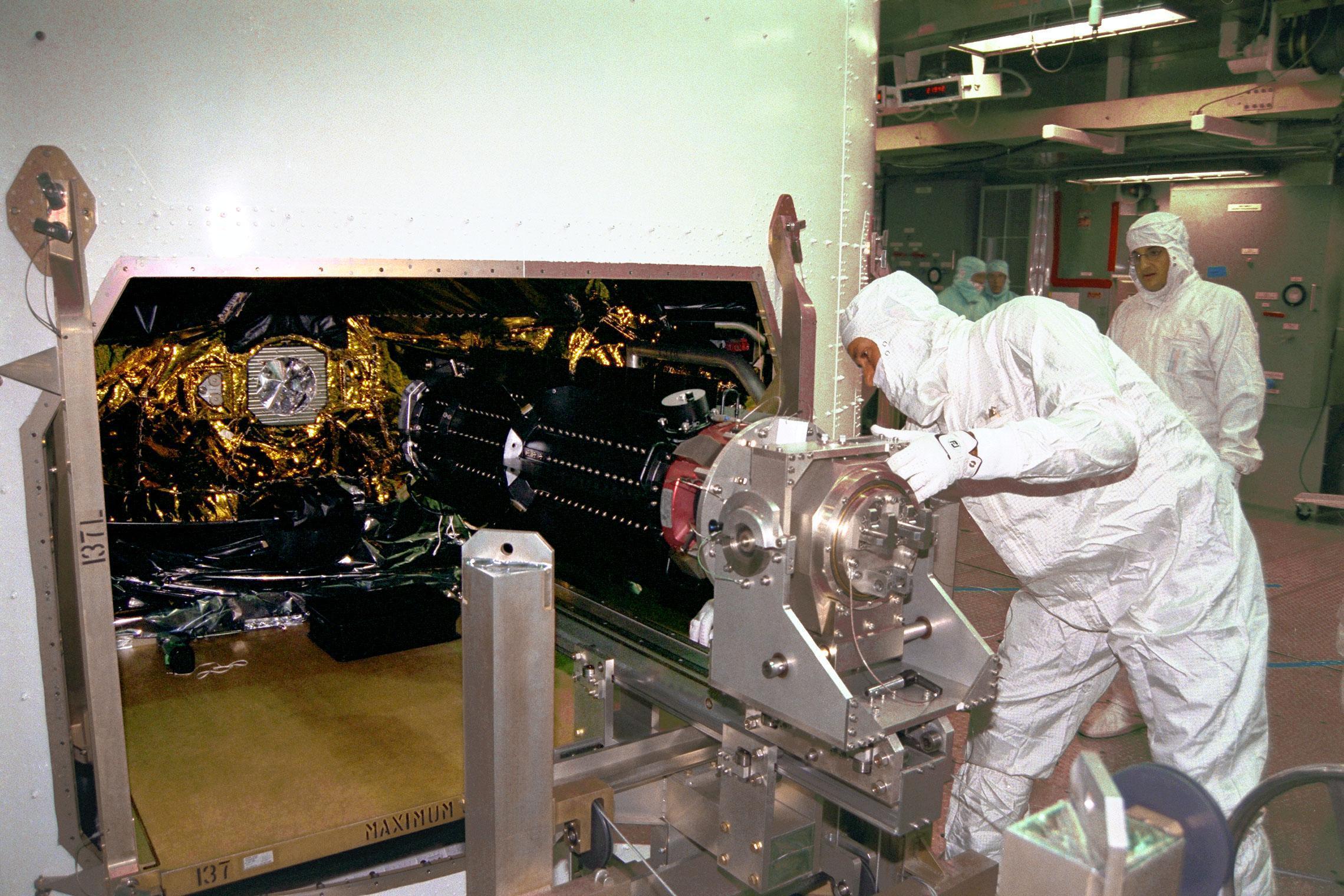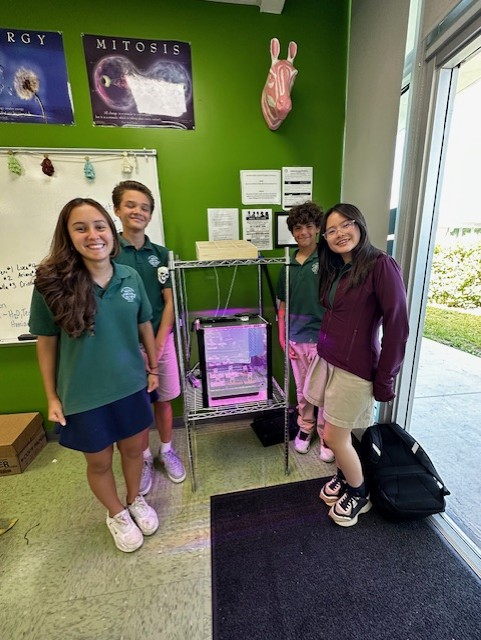
On July 26, 1972, NASA selected the Space Transportation Systems Division of Rockwell International, Downey, CA, as the prime contractor for the design, development, test, and evaluation of the orbiter.
After five years of planning, assembly, and systems testing, the Space Shuttle approach and landing tests (ALT) began at Dryden. On Feb. 15, 1977, three taxi tests were conducted to validate structural loads and ground-handling and control characteristics of the NASA 747 SCA mated with the prototype orbiter Enterprise.
NASA chose the 747 as the aircraft to ferry the orbiters between the launch and landing sites, and to other manufacturing and program facilities when overland transportation was unsuitable or unfeasible. The same modified 747 was also used to carry Enterprise aloft for the ALT program.
Following the taxi tests were five captive-carry flights with Enterprise atop the SCA, but without a crew in the prototype orbiter. This series of flights produced important aerodynamic data about the flight characteristics of the mated vehicles during takeoff, climb, cruise and landing. The data were necessary not only for the initial glide flights of the orbiter, but also for ferry flight operations in years to come. Dryden conducted these tests. The remainder of the tests were conducted by NASA’s Johnson Space Center, Houston, TX, with Dryden support.
Three captive-carry flights came next, during which crews of astronauts were in the Enterprise cockpit with systems powered up. These tests verified crew procedures and systems operations during the approach and landing phases of flight. The captive-carry flights also included flutter tests of the mated craft at typical ferry flight speeds. Learn more about the Space Shuttle program.
The Enterprise Prototype is currently on display at the Intrepid Sea, Air and Space Museum Complex in New York, New York.

























